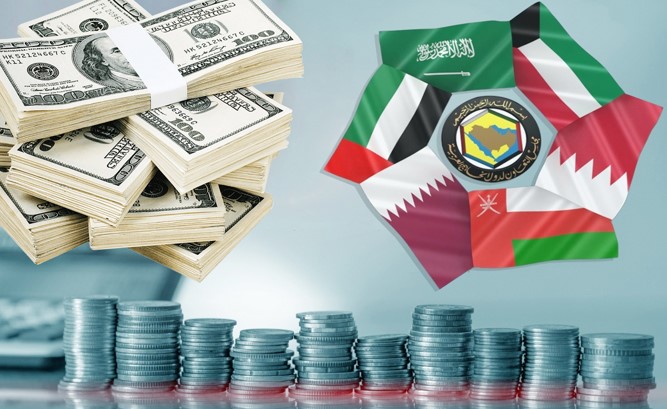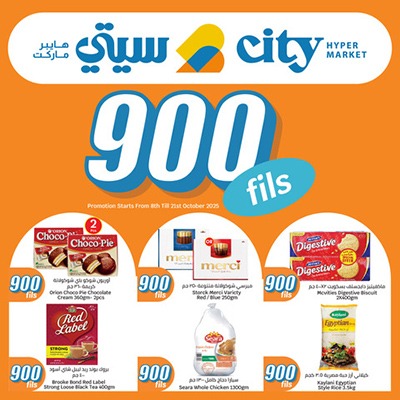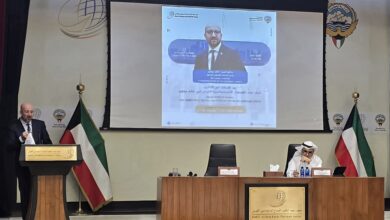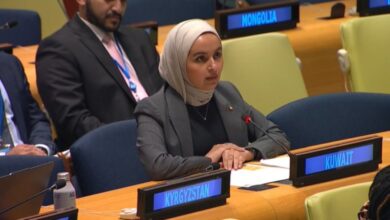
• Interest rates on lending will range between 8% and 9% in Saudi Arabia and the United Arab Emirates, and between 3% and 6% in other GCC countries, S&P said.
Credit rating agency Standard & Poor (S&P) reported that Gulf banks show strong performance with solid profits, asset quality, capital strength, and liquidity, a trend expected to continue in 2025 despite possible effects from ongoing interest rate cuts.
S&P’s report, covered by the Al Anba newspaper, highlighted that anticipated rate cuts by the Federal Reserve in 2024 and 2025 may improve financing conditions for emerging markets, benefiting banks reliant on external funding. However, lower rates could strain net profits if financing or risk costs remain high, while geopolitical tensions, though unlikely to trigger full-scale conflict, could disrupt the region’s economic stability.
The report indicated that some emerging markets are in a relatively better position, especially the GCC countries and India, where profitability indicators and asset quality remain strong. However, an unexpected increase in geopolitical risks may weaken Gulf banks.
Brent crude to reach $75 per barrel in Q4 of 2024
S&P expects the average price of Brent crude to reach $75 per barrel in the last quarter of 2024 and during the period between 2025 and 2027, which will be beneficial for most of the GCC countries. Gulf countries will benefit from the implementation of economic transformation projects in Saudi Arabia, the expansion of gas production in Qatar, the implementation of reforms in Bahrain and Oman, and the strong performance of the non-oil economy in Bahrain and the UAE.
In this context, GCC banks will continue to develop their lending portfolios without causing significant macroeconomic imbalances. Interest rates on lending will range between 8% and 9% in Saudi Arabia and the UAE,and between 3% and 6% in other GCC countries.
Asset quality indicators of banks
The agency reviewed the asset quality indicators of the forty five largest banks, noting that despite the previous shock caused by the COVID-19 pandemic, the percentage of non-performing loans remained between 3% and 4% due to facilitation measures and subsequent economic improvement. The process of writing off old non-performing loans was also a helpful factor.
At the same time, the strong profitability of banks after the pandemic enabled them to make additional allocations, creating a hedge and cover for any potential future shocks.
Asset quality indicators are expected to remain broadly stable over the next 12-24 months, though pressures persist in markets such as Qatar, where the real estate sector continues to suffer from oversupply after the 2022 World Cup.
Profitability margins improved
Regarding profitability, the agency stated that profit margins have improved thanks to recent interest rate increases, while the cost of risk has risen in some countries. In response, banks have used excess profitability to prepare for potential shocks or to cover risks related to exposures in non-local markets. Additionally, banks have shown strong efficiency, benefiting from low labor costs and the increasing application of digitization.
Regarding interest rates, the agency expects the Federal Reserve to cut interest rates by 225 basis points by the end of 2025 (including the 75 basis point reduction already implemented). Gulf central banks are likely to reflect these reductions to varying degrees.
Based on the assumption of global interest rate cuts, an average impact of 25-50 basis points is expected on the margins of GCC banks, with the following variations: 20-30 basis points for Bahrain, 30-50 basis points for Kuwait, 10-20 basis points for Oman, +/-10 basis points for Qatar, 20-30 basis points for Saudi Arabia, and 40-60 basis points for the UAE.
Gulf banks benefit from strong capital
The agency noted that Gulf banks benefit from strong capital, which supports their overall creditworthiness. These banks receive backing from shareholders and benefit from low dividends and strong profitability in stabilizing capital levels.
Gulf banks are mainly financed through local deposits, which have proven their stability during periods of moderate pressure. Public sector deposits usually account for 20% to 30% of the deposit base, excluding Bahrain, where this percentage is lower.
The report concluded that an unexpected increase in geopolitical risks or a significant drop in oil prices could affect the creditworthiness of banks. However, depending on how the scenario develops, the agency expects banks to remain relatively flexible. This flexibility is reflected in the current high ratings of Gulf banks and the overall positive outlook.
Four geopolitical risk scenarios
The credit rating agency identified four possible scenarios for how the ongoing war in the region could affect Gulf banks. These scenarios would have more substantial credit implications for the sovereign ratings of countries and banks across the wider region, as follows:
- Modest scenario: The agency believes that the intensification of direct hostilities between Iran, Lebanon, and Israel will remain short (less than three months), and therefore the impact on credit measures in the wider region will be limited.
- Stronger scenario: The agency believes that a series of escalation attacks between Israel and Iran threatens broader regional security. The effects on economic growth, energy prices, and major trade routes will be manageable and temporary, with limited effects on financial and external credit measures.
- High pressure scenario: This scenario involves the intensification and spread of attacks between Israel and Iran, which could affect macroeconomic stability and lead to more protracted closures of trade routes. This may provoke a response from non-regional actors and increase pressure on transport channels, such as energy prices, security expenditures, tourism flows, and capital outflows.
- Extreme pressure scenario: The involvement of regional and non-regional allies in the conflict would lead to higher energy prices and increased risks to export volumes due to ongoing threats to trade routes. This scenario would result in lasting effects on regional macroeconomic stability, with increasing pressures on financial measures and sovereign rating factors.













